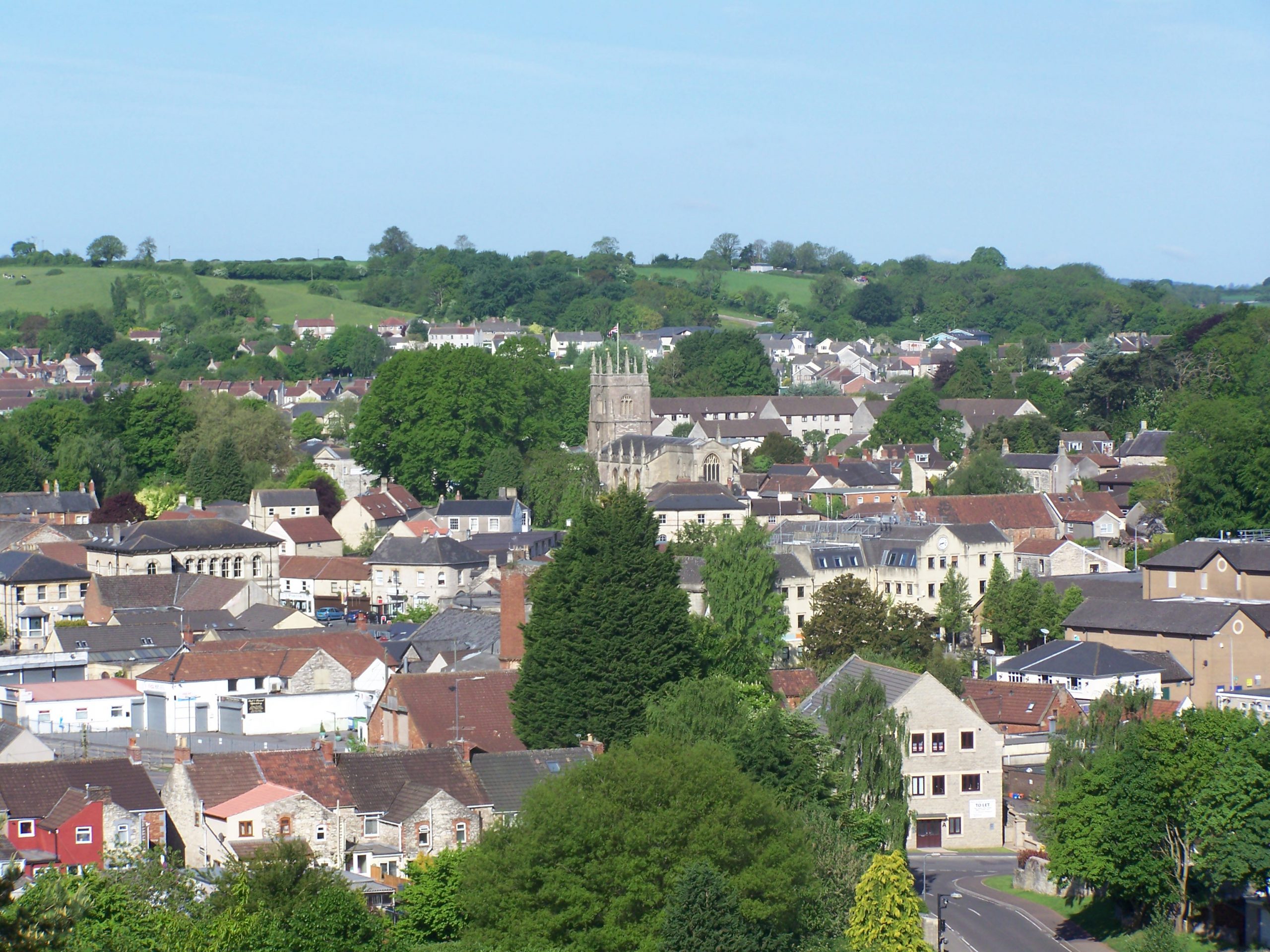History of our Town
Midsomer Norton which includes Welton Village, nestles at the heart of the Somer Valley midway between two branches of the River Somer and Wellow Brook. Whilst there has been a settlement here for over a thousand years, the town really began to develop under Hugh de Vivonia in the 13thcentury when he was granted a Royal Charter for a Thursday Market by Henry III in 1242. At this time there were three manors: Norton Manor, Welton Manor and Norton Canonicorum (Norton Friars). A second Royal Charter in 1248 for a Fayre on Midsummer’s Day almost certainly proved the inspiration for the town being known as Midsomer Norton.
The Midsomer Norton Knight, a wooden tomb effigy from the 14thcentury and the 15thcentury Tithe Barn, built by the Augustinian Monks, are the only two survivors from those early days. The town grew rapidly as the commercial centre of the Somer Valley with the discovery of coal at Welton in the 1760s and saw the construction of the Hollies Mansion in the High Street. The Norman Church was demolished and replaced in the 1830s, followed by a building boom in the 1860s which saw the construction of the town’s main civic buildings including the Italianate Gothic Town Hall, Banks and Methodist Church as well as the installation of the railings along the river in 1866. The railway came in the 1870s and in 1903 Norton Hill Pit was sunk which became the largest employer in the town through and beyond Nationalisation in 1947 until its closure in the 1960s when the print industry replaced it.
With what can best be described as an eclectic architectural style the use of locally quarried white lias stone provides a unifying factor through the town’s streetscape enveloped in a skyline of verdant green hills.
For almost 800 years Midsomer Norton has been the principal market town for the Somer Valley at the gateway to the Mendip Hills and continues today as a bustling centre of independent shops, cafes and businesses with the picturesque River Somer meandering through


